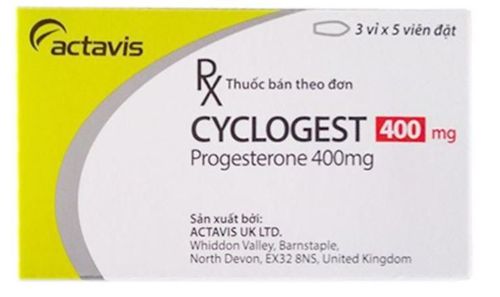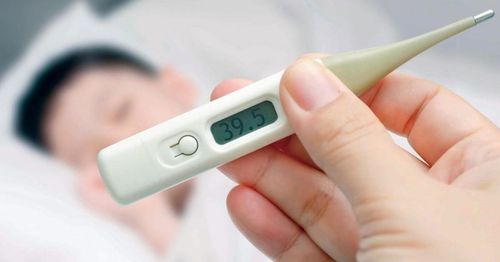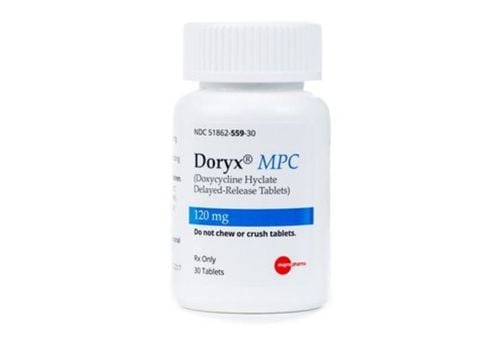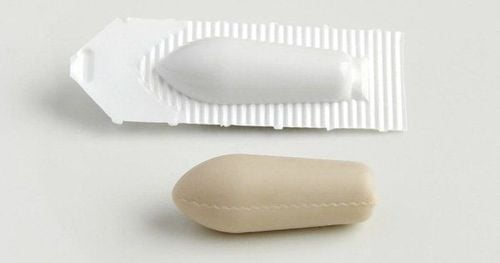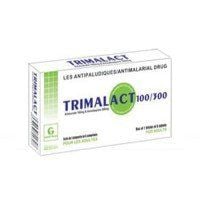This is an automatically translated article.
Dihydroartemisin is a drug containing the active ingredient Artemisinin intended to treat different cases of malaria. So what is Dihydroartemisin and how should it be used to be effective?
1. What is Dihydroartemisin?
Dihydroartemisin has the main active ingredient Artemisinin. This is an anti-malarial drug isolated from the yellow flower Thanh Hao tree of the family Asteriaceae. The drug is highly effective even against the malaria parasite Plasmodium falciparum which is resistant to chloroquine.Artemisinin is a sesquiterpene lactone with an endoperoxid bridge, unlike current antimalarials which have a nitrogen-containing heterocyclic structure. This bridge plays an important role in the antimalarial ability of the drug with its strong effect on schizophrenia, but it affects the extra-erythrocytes, sporozoites and gametophytes.
In many clinical trials to compare artemisinin with many other antimalarial drugs, artemisinin has a faster fever reduction and blood parasite clearance time than chloroquine, mefloquine, quinine and does not cause symptoms. complications occur.
Artemisinin can be taken orally or rectally. After entering the body, the drug is rapidly absorbed and reaches peak plasma concentrations within 1 hour.
2. Indications of Dihydroartemisin
The drug is used in the treatment of malaria caused by all types of Plasmodium, including severe malaria caused by multidrug-resistant strains of P. falciparum. Artemisinin is highly effective in the treatment of malaria, but requires a full dose and is used only when other antimalarial drugs are ineffective.
3. How to use Dihydroartemisinin
Tablets can be chewed and swallowed without an unpleasant taste. For adults and children over 6 months as follows:
The first day take a dose of 25 mg/kg with a single dose. The next day, a single dose of 12.5 mg/kg is given with mefloquine 15-25 mg/kg as a base. On the third day, a dose of 12.5 mg/kg is used as a single dose. Suppositories: Adults take a dose of 1250 mg in two divided doses. The next 2-3 days take 750 mg/day.
4. Dihydroartemisin side effects
Side effects are usually mild and transient, including gastrointestinal reactions such as vomiting, nausea, abdominal pain, diarrhea, headache, dizziness, and severe dizziness after ingestion.
When administered rectally, it may lead to pain in the stomach, diarrhea or abdominal pain.
Hopefully, sharing about Dihydroartemisin will help the process of using the drug in patients to be effective, safe and minimize side effects. If you have any further questions, please contact your doctor for in-depth advice.
Please dial HOTLINE for more information or register for an appointment HERE. Download MyVinmec app to make appointments faster and to manage your bookings easily.




